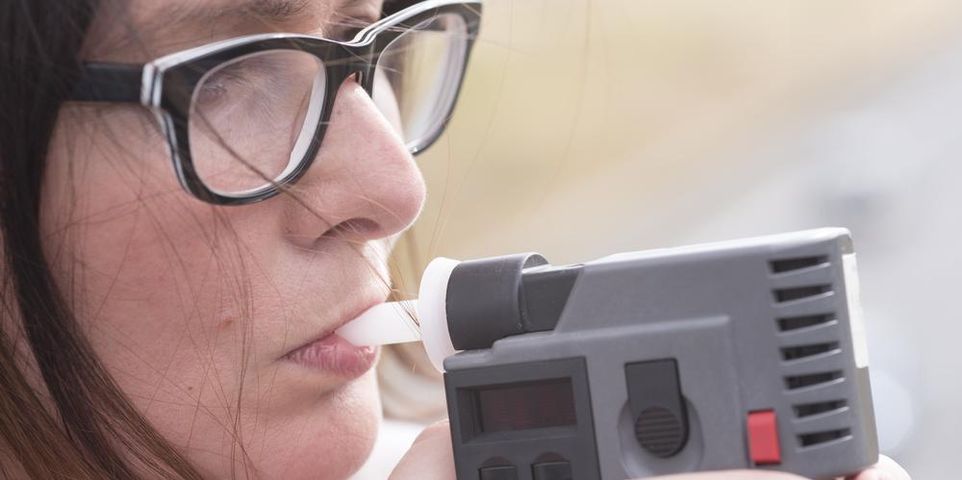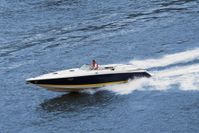3 Ways Law Enforcement Officers Spot a Boating DUI

A boating DUI charge is just as serious as driving an automobile under the influence. During the spring and summer, law enforcement officers survey area lakes and waterways to catch intoxicated boaters early and prevent accidents. James F. Bogen, Attorney at Law, has been representing Cincinnati, OH, clients for over a decade, and knows the strategies officers employ for to identify offenders.
Here he shares what officials look for and how they determine a boating DUI:
1. Recklessness Driving
 Just as with a DUI on the road, an officer is looking for boaters who operate their vehicles with recklessness, impairment, and disregard for established rules and standards. Speeding, ignoring the rules of safe boat operation, and erratic behavior are all red flags and justification for an officer to pull over and administer a sobriety test.
Just as with a DUI on the road, an officer is looking for boaters who operate their vehicles with recklessness, impairment, and disregard for established rules and standards. Speeding, ignoring the rules of safe boat operation, and erratic behavior are all red flags and justification for an officer to pull over and administer a sobriety test.
2. Seated Sobriety Testing
For many years, boaters were subjected to the same field sobriety tests as automobile drivers. It was discovered, however, that these tests were ineffective, as moving water affects balance, whether or not you’re intoxicated. Law enforcement has since developed sitting sobriety tests, such as the finger-to-nose exercise, to identify offenders.
3. Breathalyzers
Breathalyzer testing is often used on boaters suspected of being under the influence. A blood alcohol content (BAC) of .08% or higher must be present to qualify as a boating DUI. For boat operators under the age of 21, that threshold is significantly lower at .02%.
It's important to understand that these testing procedures are not entirely reliable. With an experienced ally like James F. Bogen, Attorney at Law, working on your defense, your best interests will be protected. He’ll ensure your rights aren’t violated and will guide your case to secure the best possible outcome. Call (513) 503-7251 today or visit him online to arrange a consultation.
About the Business
Have a question? Ask the experts!
Send your question

